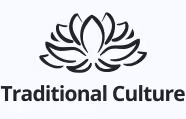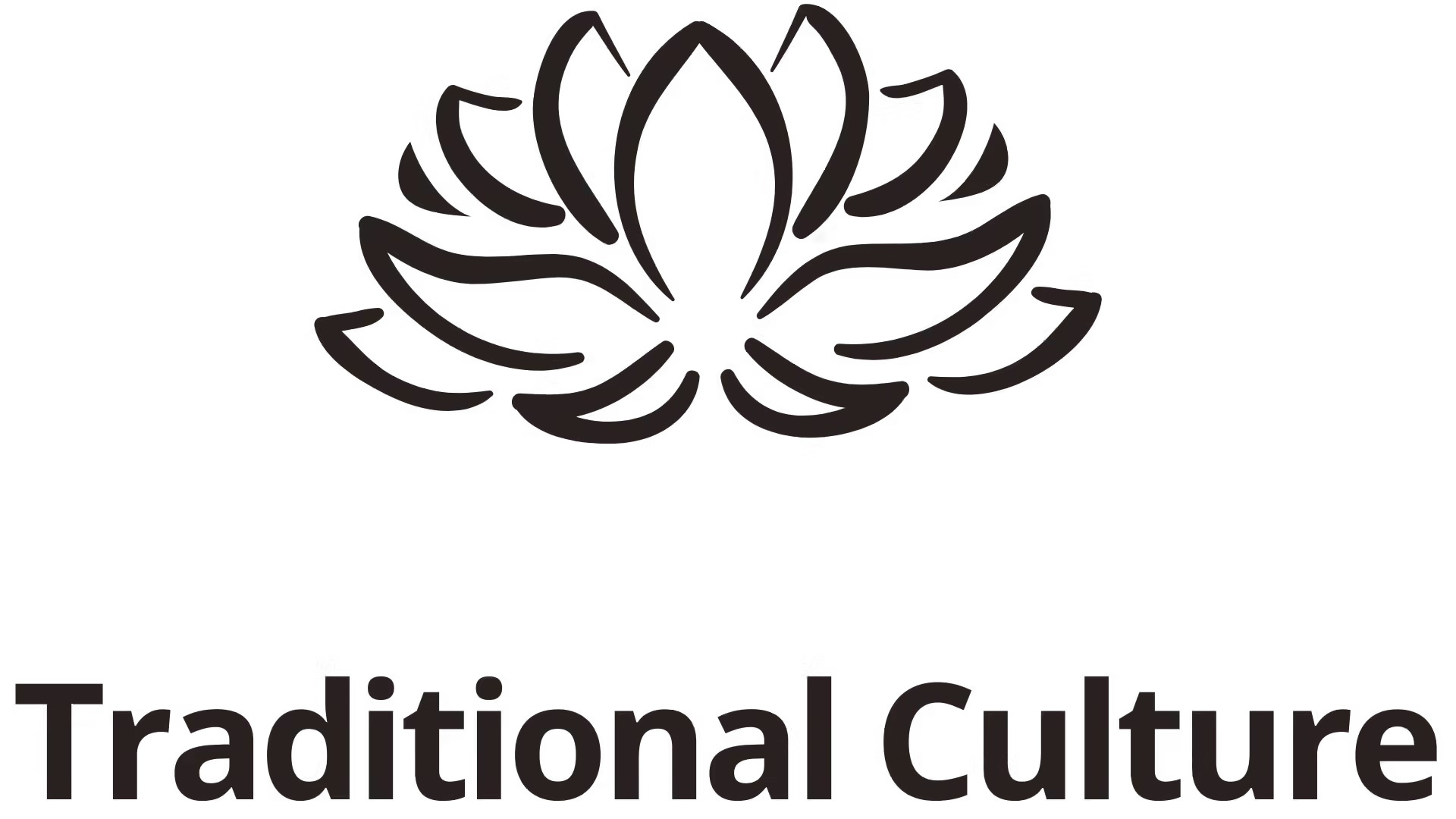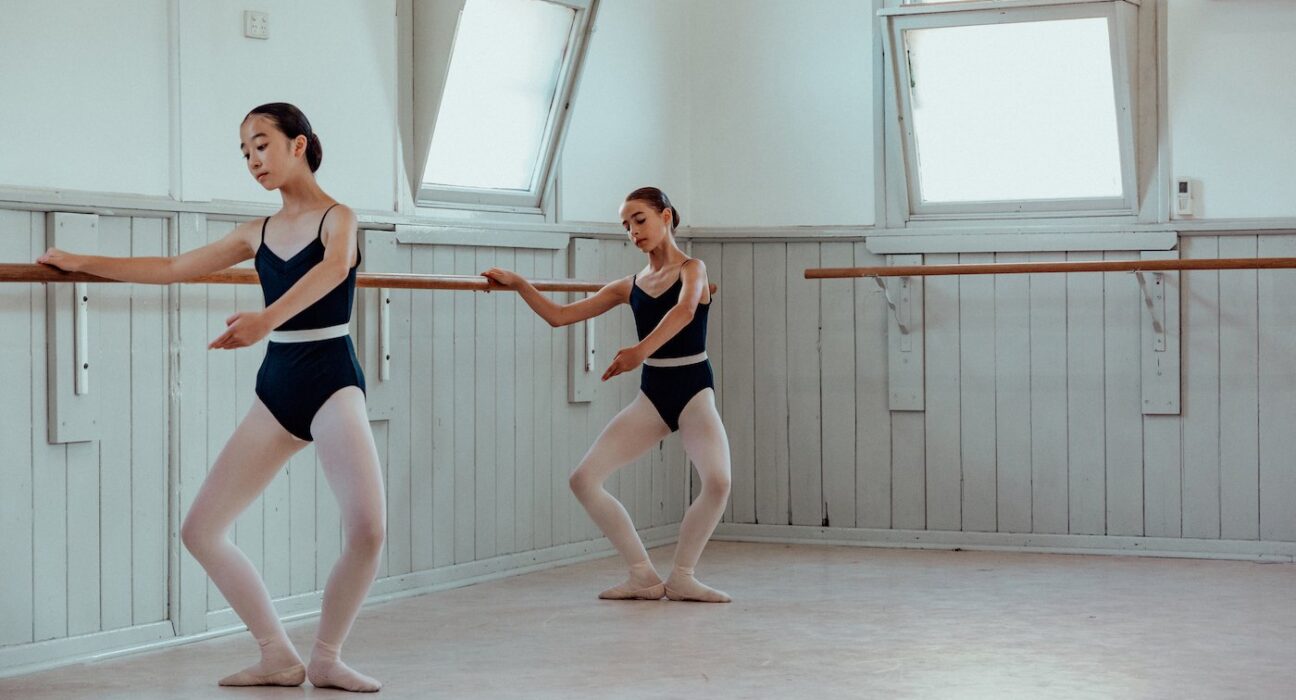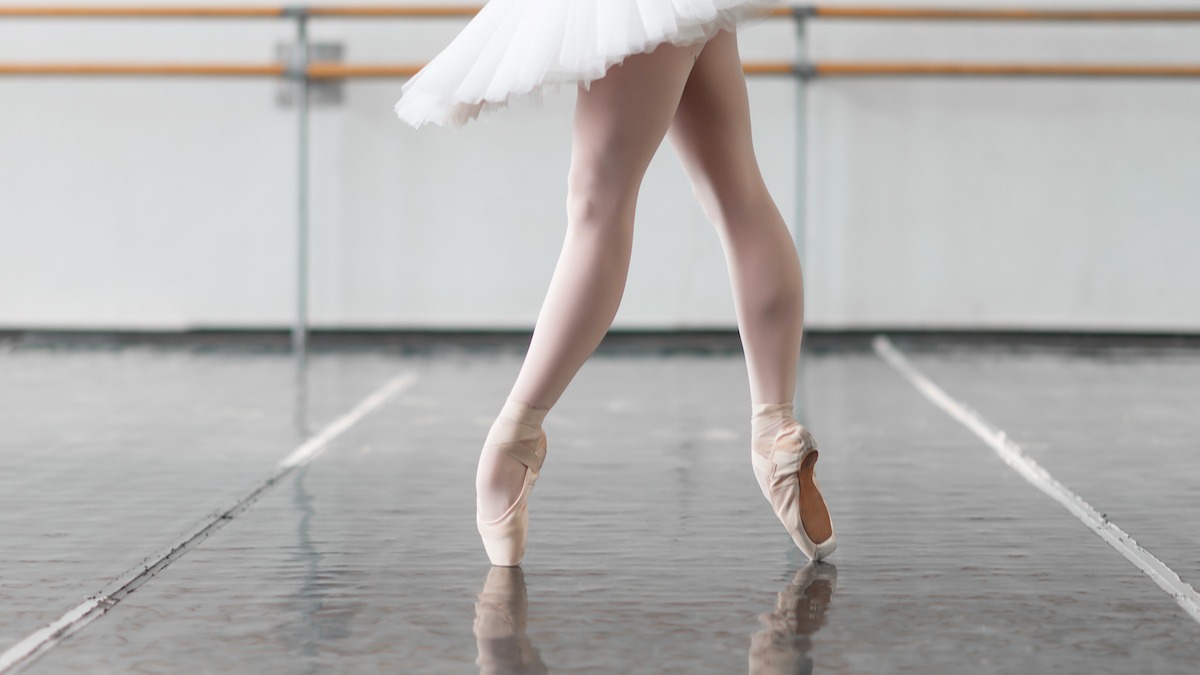Plié, a fundamental technique in ballet, is more than just a simple bend of the knees. This essential movement forms the cornerstone of many complex ballet techniques, embodying both aesthetic beauty and muscular strength. As we embark on this exploration of plié, we will delve into its significance, execution, impact on dancers’ development, and its broader applications beyond the ballet studio. Plié serves as a bridge that connects the foundational aspects of ballet with the intricate artistry that defines it, helping dancers cultivate not only their physical capabilities but also their emotional expression.
Understanding the Essence of Plié
In our journey to appreciate plié, it is crucial to grasp its definition and significance within the realm of ballet. Plié, derived from the French word meaning “to bend,” is often one of the first movements encountered by aspiring ballet dancers. Its importance cannot be overstated, as it lays the groundwork for all subsequent techniques and performances.
Defining Plié: More Than Just a Bend
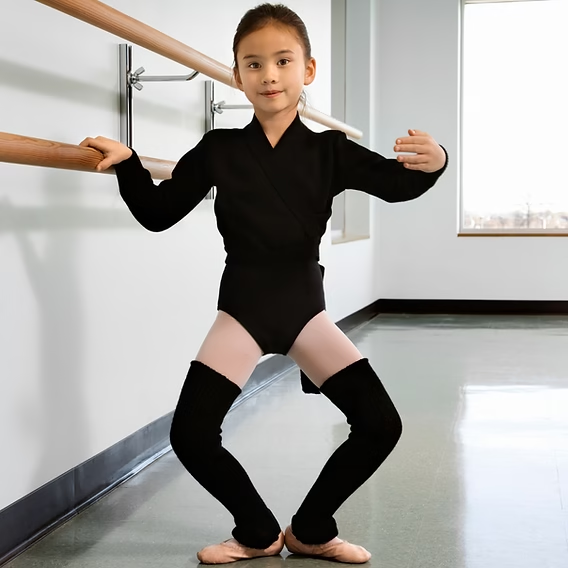
At its core, plié involves bending the knees while maintaining an upright posture. This seemingly simple action carries immense weight in its application. When performed correctly, plié engages various muscle groups, particularly in the legs and core, promoting strength and control.
The elegance seen when a dancer gracefully bends their knees creates an image of fluidity, encapsulating the essence of ballet. Plié not only enhances a dancer’s physical performance but also reflects their artistic interpretation and connection to the music, showcasing how even basic movements can convey deep emotion.
The Role of Plié in Developing Control and Flexibility
One of the primary functions of plié is to aid dancers in developing body control and flexibility. By focusing on the proper alignment and technique during plié, dancers learn how to engage their muscles effectively. The act of bending the knees while keeping the spine straight requires precision and encourages an awareness of posture.
As dancers repeatedly practice plié, they establish a solid foundation that benefits other movements, such as relevé (rising) and retiré (withdrawn). Furthermore, the increased range of motion gained through plié contributes to the overall gracefulness of a dancer’s performance.
The Aesthetic Appeal of Plié in Ballet
There’s something quintessentially beautiful about watching a dancer execute a plié. The balance of strength and grace involved in this movement captivates audiences, illustrating why plié is integral to ballet. It represents a dance’s rhythmic flow and embodies the emotions being expressed.
From classical performances to contemporary interpretations, plié serves as a unifying thread in the choreography. Whether it’s used as a transition between movements or as a standalone element, the aesthetic value of plié transcends its technicality, allowing dancers to express their artistry at its fullest.
The Technical Execution of Plié
To truly master plié, one must understand the intricacies of its execution. Attention to detail in posture and body positioning is crucial for preventing injuries and enhancing performance quality.
The Fundamental Principles of Plié Technique
When performing plié, one key principle is ensuring that the feet are turned out appropriately. The outward rotation of the legs places the hips in a favorable position, promoting better alignment. As the knees bend, it is essential to ensure that the heels remain grounded, providing stability and support.
Another important aspect of plié technique involves engaging the core muscles. A strong core helps maintain stability throughout the movement, allowing dancers to achieve deeper pliés without compromising their form. This engagement also enhances overall balance, enabling a smoother transition to subsequent movements.
Common Mistakes and How to Avoid Them
Despite its apparent simplicity, plié can be deceptively challenging to execute correctly. Some common mistakes include allowing the heels to lift off the ground or collapsing the upper body forward. These errors can lead to improper alignment and increase the risk of injury.
To avoid these pitfalls, dancers should regularly check their alignment in the mirror and seek feedback from instructors. Focusing on the breath and maintaining a relaxed demeanor can also help ease tension in the body, making it easier to achieve a clean, controlled plié.
Advancing Plié Into Variations
Once a dancer feels confident in executing basic plié, they may experiment with variations, such as plié pulse. This advanced form challenges dancers to lower their bodies further while maintaining a plié position, building strength and endurance in the legs.
By progressing to variations, dancers deepen their understanding of plié and expand their range of motion. This continual evolution of technique illustrates that plié is not merely a static movement, but rather a dynamic tool for growth and exploration in ballet.
The Impact of Plié on Dancer Development
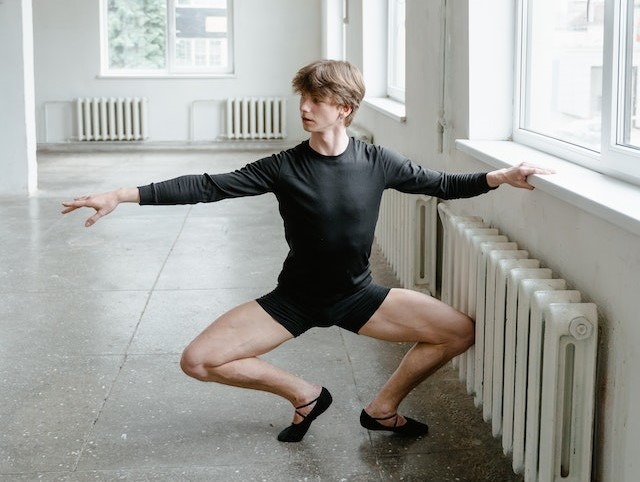
Plié is not just a technical exercise; it plays a pivotal role in shaping a dancer’s journey toward mastery. From cultivating discipline to fostering creativity, the influence of plié extends far beyond the studio walls.
Establishing a Solid Foundation for Advanced Techniques
As dancers hone their plié skills, they set the stage for mastering more advanced movements. The strength gained from consistent plié practice translates into improved execution of jumps, turns, and other choreographic elements.
Moreover, plié aids in the development of timing and coordination, vital components for any dancer. The rhythmic nature of plié allows dancers to connect with musical phrasing, enhancing their interpretative abilities. This synergy between physical skill and artistic expression becomes increasingly evident as dancers progress in their training.
The Psychological Benefits of Practicing Plié
Engaging in plié not only fosters physical development but also offers significant psychological benefits. The act of focusing intensely on one movement cultivates mindfulness, allowing dancers to disconnect from external distractions and immerse themselves in their practice.
Through plié, dancers also develop resilience and patience. Mastering this fundamental technique takes time and dedication, teaching individuals the importance of persistence in achieving their goals. Such valuable life lessons extend beyond the dance floor, influencing other aspects of a dancer’s life.
Plié as an Art Form: Expressive Movement
Beyond its technical applications, plié has the potential to be a powerful form of artistic expression. When combined with music and choreography, plié transforms into a conduit for conveying emotion.
Dancers can infuse plié with personal interpretation, adding layers of meaning to their performances. This unique combination of technical skill and emotional depth elevates plié from a mere exercise to a profound art form, inviting audiences to engage with the dance on multiple levels.
Integrating Plié into Broader Physical Practices
:max_bytes(150000):strip_icc()/GettyImages-467584604-588df7e35f9b5874eeff14db.jpg)
Interestingly, plié is not confined solely to the realm of ballet; it finds relevance and application in various physical disciplines. From yoga to Pilates, the principles behind plié can enhance overall fitness and well-being.
Plié and Its Application in Yoga
Much like ballet, yoga emphasizes body control and flexibility. Incorporating plié into yoga practices can deepen stretches and promote greater awareness of body mechanics.
For example, transitioning from a plié into a warrior pose can create a seamless flow between strength and grace, enriching the overall experience. Additionally, practicing plié within a yoga context encourages mindfulness, as practitioners become attuned to their breath and movement.
Enhancing Core Strength Through Plié in Pilates
Pilates, known for its focus on core strength, also benefits from the integration of plié. The controlled movements associated with plié align perfectly with Pilates principles, emphasizing the need for strength and precision.
Incorporating plié into Pilates routines not only builds leg strength but also reinforces core engagement. This comprehensive approach to fitness ensures balanced development, translating to improved performance across various physical activities.
The Brain-Body Connection: Cognitive Benefits of Plié
Engaging in plié exercises stimulates the brain-body connection, enhancing cognitive function. The coordination required during plié activates neural pathways, promoting better focus and concentration.
This mental engagement is particularly beneficial for individuals looking to improve coordination and balance. By incorporating plié into daily routines, individuals can reap the rewards of enhanced mental acuity while simultaneously boosting their physical fitness.
Conclusion

In summarizing the multifaceted nature of plié, we uncover its significance as both a technical exercise and a form of artistic expression. From establishing a solid foundation for advanced techniques to its applicability in other physical practices, plié serves as a versatile tool for dancers and enthusiasts alike.
Ultimately, plié encapsulates the essence of ballet, reflecting both its grace and strength. Through the practice and mastery of plié, dancers not only refine their skills but also nurture their creative spirit, allowing them to connect deeply with the art form. As we continue to explore the rich tapestry of ballet, let us embrace the journey that plié invites us to embark upon—one that celebrates the beauty of movement and the power of expression.

